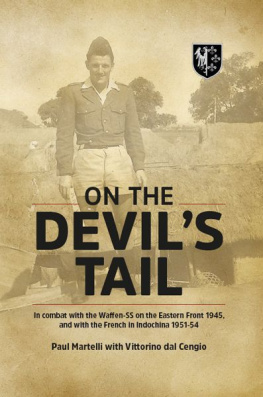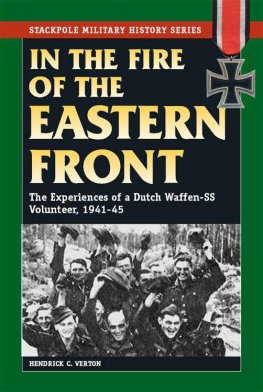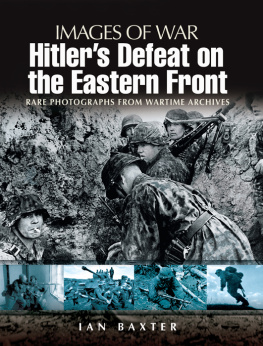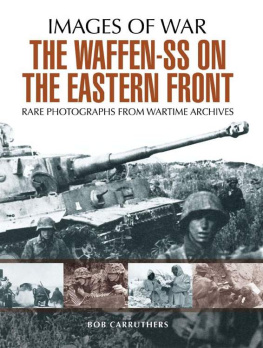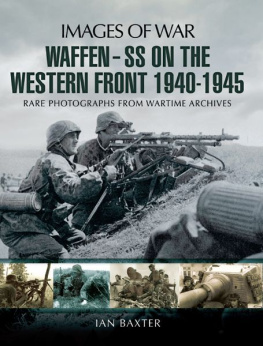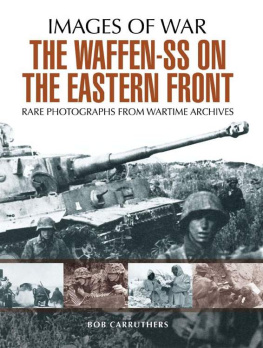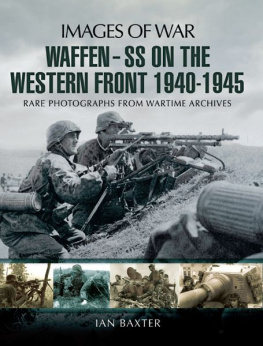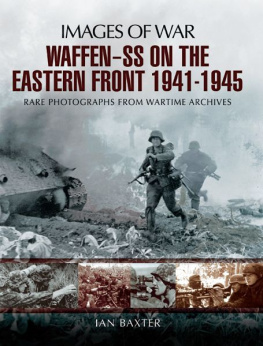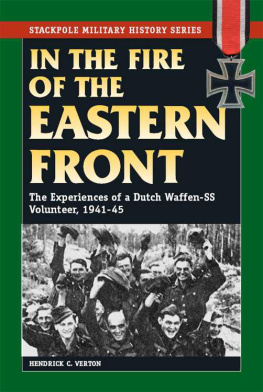Paul Martelli - On the Devils Tail: In Combat with the Waffen-SS on the Eastern Front 1945, and with the French in Indochina 1951-54
Here you can read online Paul Martelli - On the Devils Tail: In Combat with the Waffen-SS on the Eastern Front 1945, and with the French in Indochina 1951-54 full text of the book (entire story) in english for free. Download pdf and epub, get meaning, cover and reviews about this ebook. year: 2015, publisher: Helion and Company, genre: Non-fiction. Description of the work, (preface) as well as reviews are available. Best literature library LitArk.com created for fans of good reading and offers a wide selection of genres:
Romance novel
Science fiction
Adventure
Detective
Science
History
Home and family
Prose
Art
Politics
Computer
Non-fiction
Religion
Business
Children
Humor
Choose a favorite category and find really read worthwhile books. Enjoy immersion in the world of imagination, feel the emotions of the characters or learn something new for yourself, make an fascinating discovery.
- Book:On the Devils Tail: In Combat with the Waffen-SS on the Eastern Front 1945, and with the French in Indochina 1951-54
- Author:
- Publisher:Helion and Company
- Genre:
- Year:2015
- Rating:4 / 5
- Favourites:Add to favourites
- Your mark:
- 80
- 1
- 2
- 3
- 4
- 5
On the Devils Tail: In Combat with the Waffen-SS on the Eastern Front 1945, and with the French in Indochina 1951-54: summary, description and annotation
We offer to read an annotation, description, summary or preface (depends on what the author of the book "On the Devils Tail: In Combat with the Waffen-SS on the Eastern Front 1945, and with the French in Indochina 1951-54" wrote himself). If you haven't found the necessary information about the book — write in the comments, we will try to find it.
Paul Martelli: author's other books
Who wrote On the Devils Tail: In Combat with the Waffen-SS on the Eastern Front 1945, and with the French in Indochina 1951-54? Find out the surname, the name of the author of the book and a list of all author's works by series.
On the Devils Tail: In Combat with the Waffen-SS on the Eastern Front 1945, and with the French in Indochina 1951-54 — read online for free the complete book (whole text) full work
Below is the text of the book, divided by pages. System saving the place of the last page read, allows you to conveniently read the book "On the Devils Tail: In Combat with the Waffen-SS on the Eastern Front 1945, and with the French in Indochina 1951-54" online for free, without having to search again every time where you left off. Put a bookmark, and you can go to the page where you finished reading at any time.
Font size:
Interval:
Bookmark:

26 Willow Road
Solihull
West Midlands
B91 1UE
England
Tel. 0121 705 3393
Fax 0121 711 4075
Email:
Website: www.helion.co.uk
Twitter: @helionbooks
Visit our blog http://blog.helion.co.uk/
Designed and typeset by Bookcraft Ltd, Stroud, Gloucestershire
Cover designed by Paul Hewitt, Battlefield Design (www.battlefield-design.co.uk)
Printed by Lightning Source Limited, Milton Keynes, Buckinghamshire
Images and hand-drawn map Paul Martelli 2014
Other maps Helion & Company Ltd 2015
Digital ISBN: 978-1-910777-52-7
A catalogue record for this book is available from the British Library.
a retrieval system, or transmitted, in any form, or by any means, electronic,
mechanical, photocopying, recording or otherwise, without the express written
consent of Helion & Company Limited.
contact the above address, or visit our website: http://www.helion.co.uk.
Font size:
Interval:
Bookmark:
Similar books «On the Devils Tail: In Combat with the Waffen-SS on the Eastern Front 1945, and with the French in Indochina 1951-54»
Look at similar books to On the Devils Tail: In Combat with the Waffen-SS on the Eastern Front 1945, and with the French in Indochina 1951-54. We have selected literature similar in name and meaning in the hope of providing readers with more options to find new, interesting, not yet read works.
Discussion, reviews of the book On the Devils Tail: In Combat with the Waffen-SS on the Eastern Front 1945, and with the French in Indochina 1951-54 and just readers' own opinions. Leave your comments, write what you think about the work, its meaning or the main characters. Specify what exactly you liked and what you didn't like, and why you think so.

